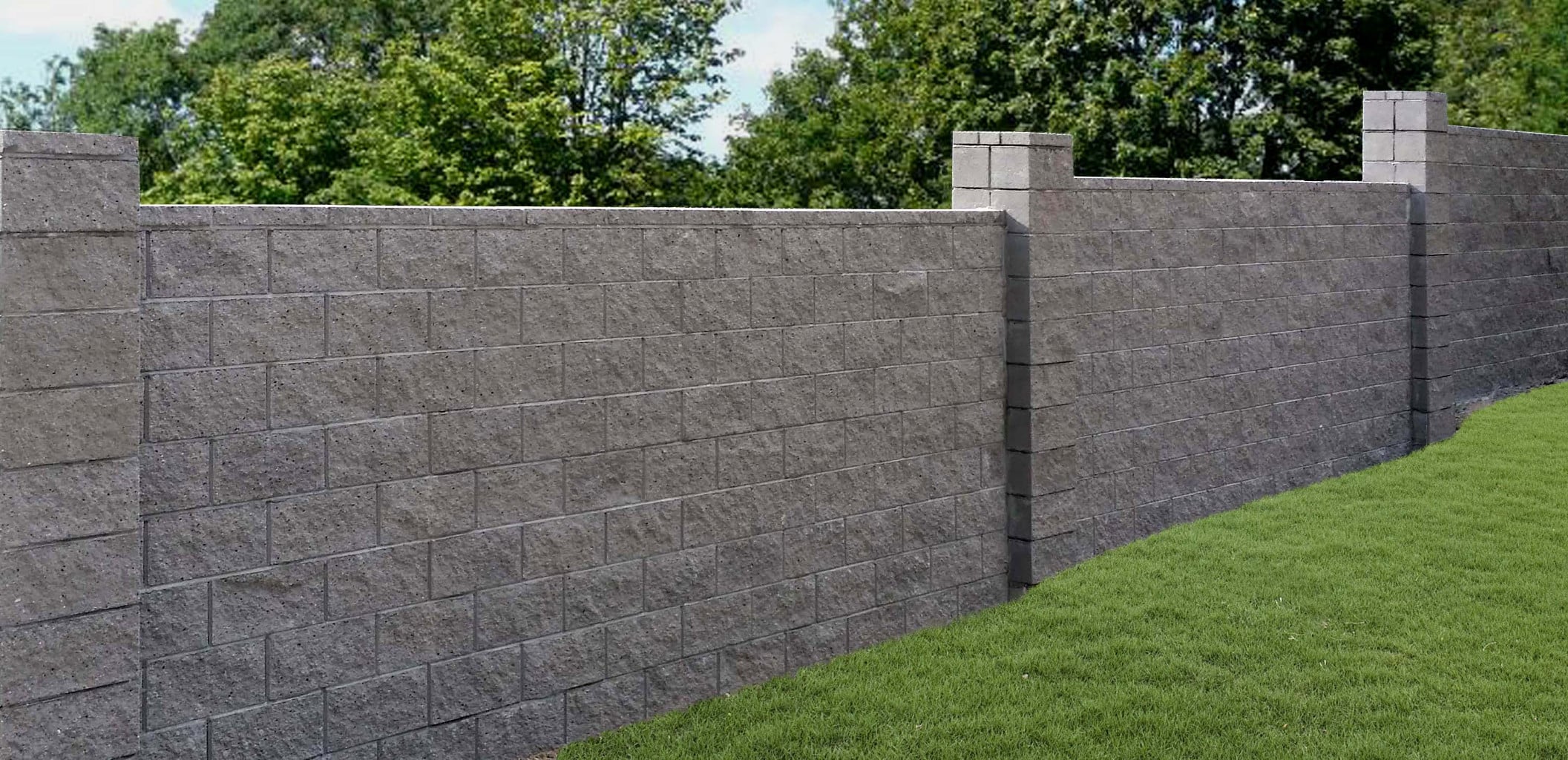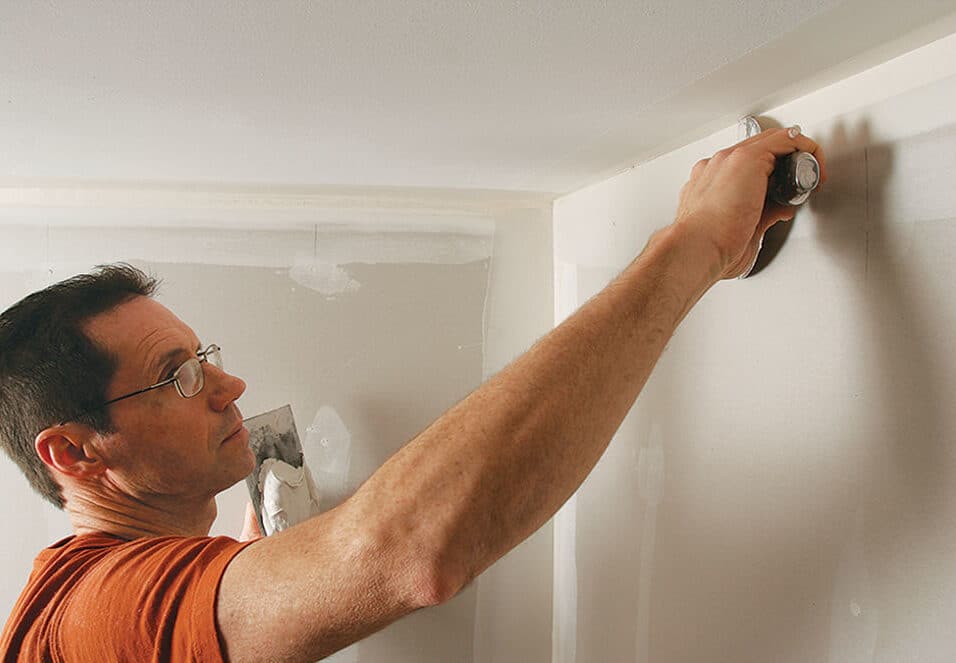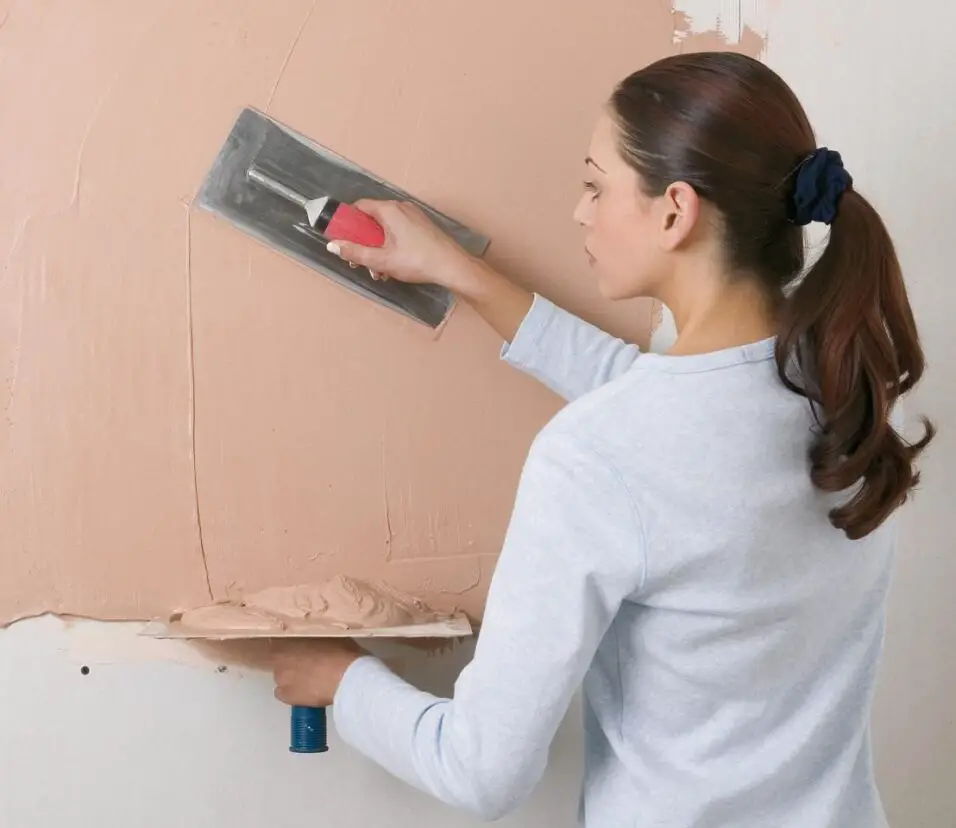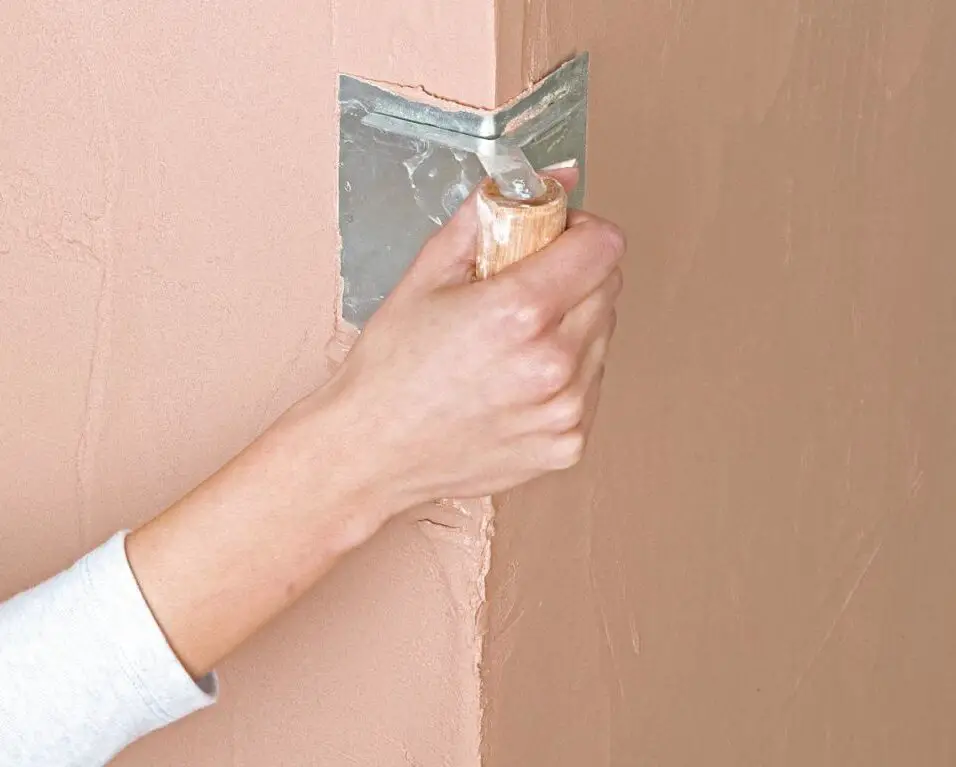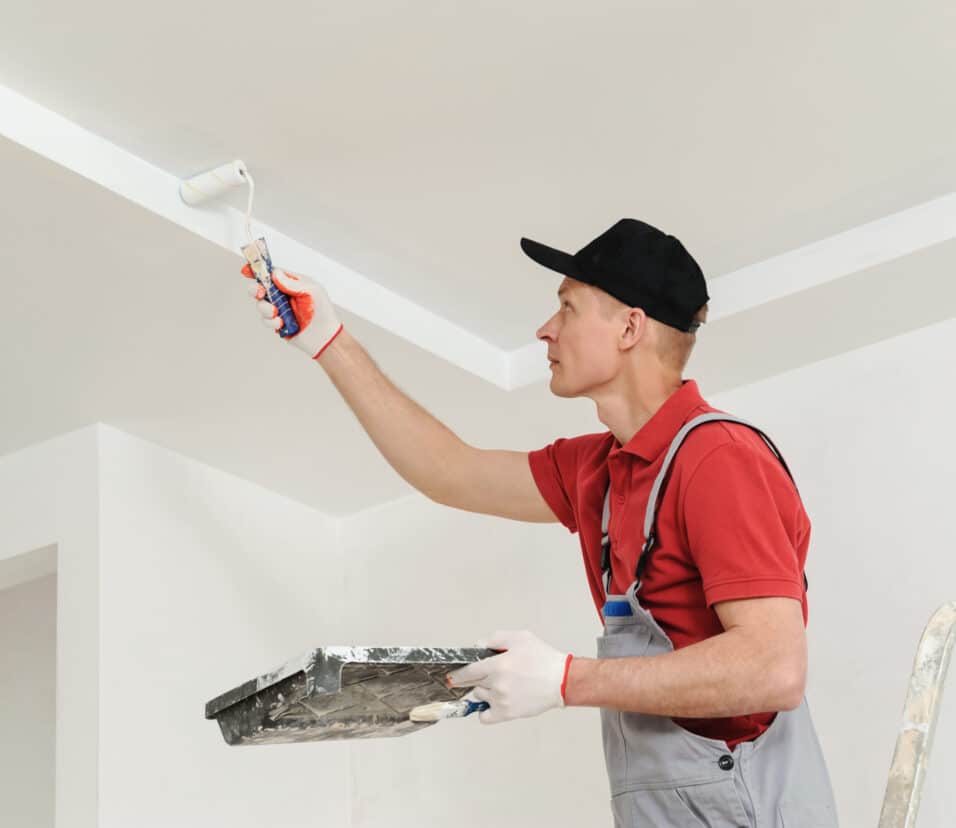How To Finish Cinder Block Walls
Introduction
How To Finish Cinder Block Walls: Cinder block walls, known for their strength and durability, often serve as a practical choice for various building projects. However, their coarse and unfinished appearance may leave you desiring a more refined and visually appealing finish. Whether you’re renovating a basement, creating an outdoor feature, or enhancing an industrial-style interior, mastering the art of finishing cinder block walls will add value and charm to your property.
You through step-by-step instructions on how to prepare the surface, choose the right materials, and execute various finishing techniques. You will discover the secrets to achieving a smooth, textured, or painted finish, along with tips and tricks to ensure your finished cinder block garage walls stand the test of time.
With a dash of creativity and a willingness to get your hands dirty, you’ll soon be on your way to transforming those stark cinder block walls into a masterpiece that harmonizes with your overall vision. Cinder block walls, fear not, for this guide will be your reliable companion in learning how to transform those bare and rugged surfaces into polished and aesthetically pleasing elements of your living or working space.
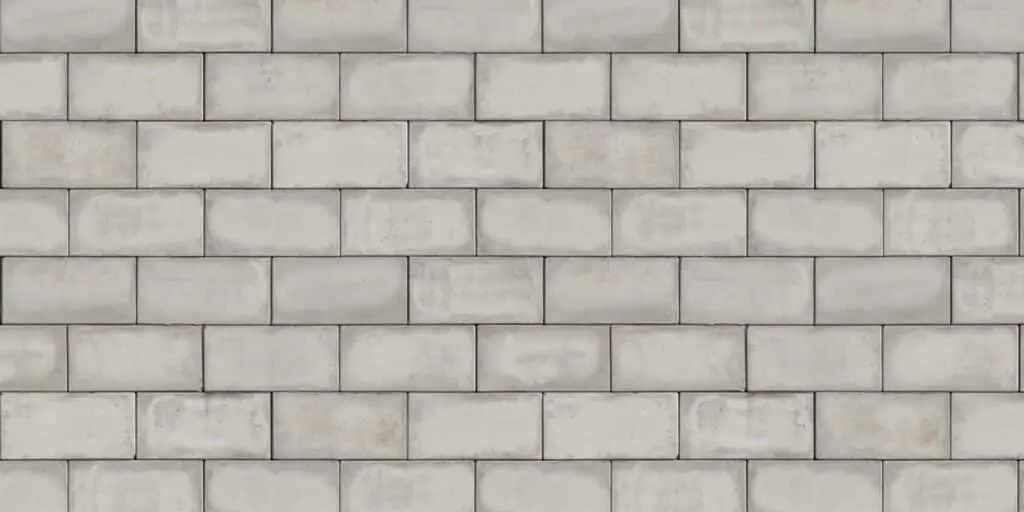
Do cinder block walls need to be sealed?
Sealing Concrete to Protect It
Using concrete blocks for foundation walls or above-grade walls on some structures has a lot of advantages. Because concrete blocks are much more permeable than poured concrete, however, and because they have more mortar joints than concrete, concrete blocks must be treated and sealed.
Moisture Protection:
The primary purpose of sealing is to create a barrier that prevents water and moisture from infiltrating the porous surface. This helps to protect the structural integrity of the walls and reduces the risk of damage caused by prolonged exposure to moisture.
Preventing Efflorescence:
Efflorescence is a common issue with unsealed cinder block walls, where white, powdery deposits appear on the surface due to the migration of salts. Sealing the walls can significantly reduce the occurrence of efflorescence.
Mold Prevention:
Moisture can create an ideal environment for mold growth, which not only damages the walls but also poses health risks to occupants. Sealing helps keep the walls dry, reducing the likelihood of mold infestations.
Enhancing Aesthetics:
Sealing cinder block walls can bring out the natural color and texture of the blocks, enhancing the overall appearance of the walls. Conduct a porosity test by sprinkling water on the wall’s surface. If the water is absorbed quickly, the walls will require more sealant.
Apply the Sealant:
Follow the manufacturer’s instructions and apply the chosen sealant using a brush, roller, or sprayer. Ensure even coverage and allow sufficient drying time between coats.
Apply Multiple Coats:
Depending on the type of sealant and the porosity of the cinder blocks, multiple coats may be required for optimal protection.
Evaluate and Maintain:
Once the sealant has dried completely, inspect the walls for any missed spots or areas that need additional coats. Regular maintenance and resealing may be necessary over time, depending on the environmental conditions and wear.
What is the best covering for cinder block walls?
Ivy, clematis, cup and saucer (Cobaea scandens), and sweet pea (Lathyrus odoratus) are generally safe choices. If you’re tired of looking at that plain cinder block wall on your property, you have plenty of options for giving it a facelift. For a quick and simple cover up, try concrete or stucco.
Painting is one of the most straightforward and cost-effective ways to cover cinder block walls. It allows you to add color and personality to your space while concealing the raw texture of the blocks. Choose a high-quality masonry paint that is specifically designed for cinder blocks, as it will adhere well to the surface and provide long-lasting protection. You can opt for a solid color for a clean and modern look or experiment with patterns and textures for a more artistic approach.
Covering cinder block walls with drywall is a popular choice for interior spaces. It provides a smooth and even surface, allowing you to paint, wallpaper, or apply any other finish of your choice. Drywall installation requires framing and affixing the panels to the walls, providing added insulation and soundproofing benefits. It’s an excellent option if you desire a clean and seamless finish.
Should I paint my cinder block wall?
Concrete blocks are long-lasting, cost-effective, strong, fire-resistant, and low maintenance. They do, however, begin to deteriorate primarily from moisture (either natural or by irrigation). Like most other building materials, concrete block walls require paint for protection against the elements.
One of the primary reasons to paint cinder block walls is the aesthetic improvement it offers. Painting allows you to add color and personality to an otherwise utilitarian and industrial surface. It can create a clean, modern look or bring warmth and vibrancy to the space, depending on the chosen color.
Cinder block walls can have a rough and unrefined appearance, which might not be suitable for all interior or exterior settings. Painting the walls can effectively hide imperfections, cracks, and blemishes, giving them a more polished and uniform finish.
Painted cinder block walls are relatively easy to maintain. They can be cleaned with a simple wash or wiped down with a damp cloth to remove dirt or dust. Additionally, if the walls become damaged or stained over time, you can easily touch up the paint for a refreshed look.
With a wide range of paint colors and finishes available, painting cinder block walls offers endless design possibilities. You can choose from matte, satin, or glossy finishes to achieve the desired visual effect that complements your interior or exterior décor.
Painting cinder block walls is generally more cost-effective than other covering options, such as applying stucco, veneers, or installing drywall. It allows you to transform the appearance of the walls without breaking the bank.
How long do cinder blocks last?
100 years
Block doesn’t rot, warp or grow mold, and it stands up remarkably well to even the most extreme weather. The quality of the materials used in manufacturing cinder blocks plays a crucial role in determining their durability. Blocks made with high-quality concrete and aggregates are likely to have a longer lifespan.
The way cinder blocks are installed and the quality of the construction work can significantly impact their longevity. Proper construction techniques, including appropriate mortar application and adequate reinforcement, can help ensure the walls remain structurally sound over time.
The environment in which cinder block structures are located can affect their lifespan. Harsh weather conditions, exposure to extreme temperatures, and high levels of humidity can cause wear and deterioration.
Proper moisture management is vital for extending the lifespan of cinder blocks. Uncontrolled moisture can lead to cracks, efflorescence, and even structural damage. Ensuring proper drainage and waterproofing can help mitigate these issues.
Are cinder block walls strong?
While the poured wall wins for lateral strength, the cinder block wall built correctly beats a poured wall for compression strength. Meaning it can hold more weight on top of the foundation.
Cinder blocks are made from a mix of Portland cement, aggregates (such as sand or gravel), and water. The combination of these materials creates a robust and durable construction material.
The density of cinder blocks can vary depending on the manufacturing process and the intended use. Generally, denser blocks with higher aggregate content offer increased strength and load-bearing capacity.
The size and shape of cinder blocks influence their strength. Larger blocks with thicker walls generally provide greater strength, especially in load-bearing applications.
The quality and proper application of mortar play a vital role in the overall strength of cinder block walls. The mortar binds the blocks together and contributes to the overall stability of the wall.
Due to their dense composition, cinder block walls offer excellent fire resistance. This property makes them a preferred choice in fire-rated assemblies and buildings where fire safety is a priority.
Cinder block walls have good thermal mass, which means they can absorb, store, and release heat slowly. This can help regulate indoor temperatures and contribute to energy efficiency in certain applications.
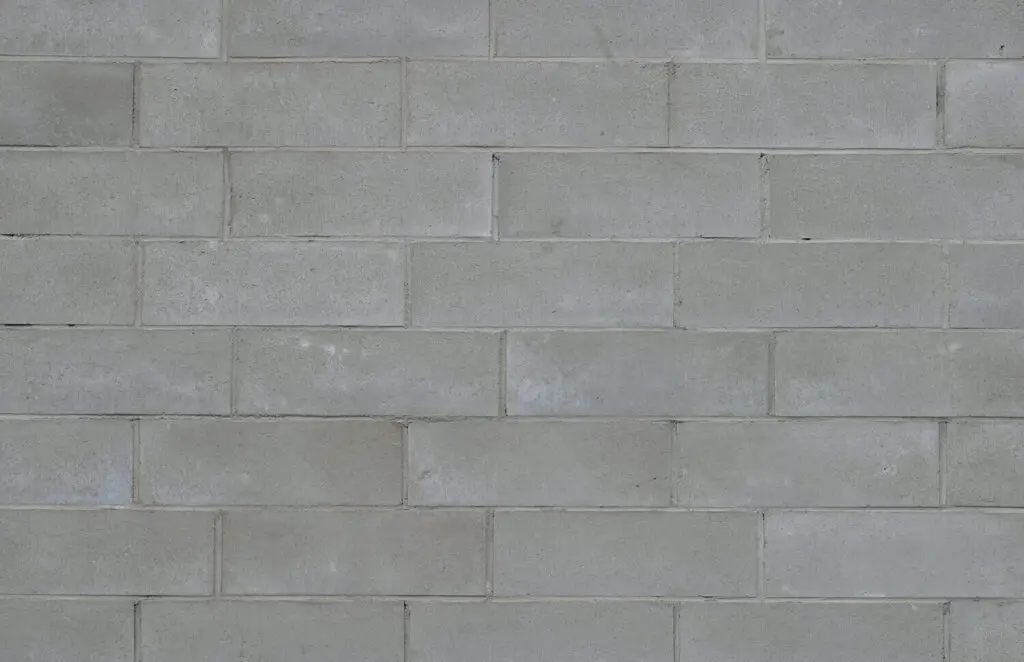
What paint is best for cinder blocks?
Use interior paint on interior cinder blocks and exterior-grade paint on outdoor surfaces. For highly moist surfaces like basement cinder blocks, purchase elastomeric paint. This durable, elastic paint works well on cinder blocks and other tough surfaces.
Masonry paint is specifically designed for use on porous surfaces like cinder blocks. It is a water-based acrylic paint that contains special binders and pigments to provide excellent adhesion to masonry surfaces. Masonry paint is durable, weather-resistant, and offers good coverage, allowing you to achieve a smooth and uniform finish. It comes in various colors and finishes, including matte, satin, and glossy options.
Latex paint is another suitable option for painting cinder blocks. Like masonry paint, latex paint is water-based, which makes it easy to clean up and dries relatively quickly. It offers good adhesion to porous surfaces and provides a smooth and even finish. Latex paint is available in a wide range of colors and finishes, making it versatile for various applications.
Elastomeric paint is a specialized type of paint that has elastomeric properties, meaning it can stretch and contract with the substrate to accommodate movement and prevent cracking. This makes it an excellent choice for cinder block walls that may experience minor shifts due to temperature changes. Elastomeric paint provides added protection against moisture and weathering, making it ideal for exterior cinder block walls.
Epoxy paint is a durable and long-lasting option for cinder blocks, particularly in high-traffic or industrial environments. It is resistant to chemicals, abrasion, and moisture, making it suitable for areas that require frequent cleaning or exposure to harsh conditions. Epoxy paint is often used in basements, garages, and workshops where durability is a priority.
What is the best primer for cinder blocks?
Loxon Concrete & Masonry Primer – This is generally the go-to product when you’re painting any type of masonry. It seals and adheres to concrete, block, plaster, brick, stucco, fiber cement siding and EIFS exterior insulated siding.
Masonry primers are specifically designed for porous surfaces like cinder blocks. They are water-based and formulated with special binders that penetrate the surface, creating a strong bond between the cinder blocks and the subsequent paint layers. Masonry primers typically have excellent adhesion, promote better coverage, and enhance the overall durability of the paint job. Look for a high-quality masonry primer that is compatible with your chosen paint type.
They provide good adhesion and are suitable for both interior and exterior applications. Acrylic primers dry quickly, allowing you to proceed with painting sooner. Choose an acrylic primer with excellent sealing properties to ensure an even and consistent paint finish on cinder blocks.
They are an effective choice for cinder blocks, as they can help seal the porous surface and provide a smooth and even base for the paint. Latex primers are easy to work with, dry quickly, and are compatible with most paint types, including latex and acrylic paints.
They create a strong bond with the surface, ensuring that the subsequent paint layers adhere well and last longer. However, oil-based primers tend to have a strong odor and require longer drying times. Ensure proper ventilation when using oil-based primers.
Properly preparing the cinder block surface before priming is crucial for achieving the best results. Ensure the surface is clean, dry, and free from dust, dirt, grease, or any previous coatings. Cleaning the cinder blocks with a mild detergent and water and allowing them to dry thoroughly will enhance primer adhesion.
Can you stain cinder blocks?
You can stain a cinderblock wall in your back yard, or stain individual pieces to then be used for furniture or even planters to house a small variety of plants & flowers. Staining of this nature is not limited to cinder blocks and can be used for pavers or concrete pieces used to decorate gardens.
Staining cinder blocks allows you to customize the appearance of the walls, adding depth, character, and a unique look to your space. The natural texture of the blocks combined with the stained finish creates a visually interesting and attractive surface.
Stained cinder blocks tend to have better durability than painted surfaces. The stain penetrates the blocks, making it less likely to peel, chip, or flake over time.
Stained cinder block walls generally require minimal maintenance, as the stain does not create a film on the surface that needs frequent touch-ups.
Staining can be applied to both interior and exterior cinder block walls, allowing you to enhance various spaces and achieve different design styles.
While stains offer a variety of colors, they may not provide the same range of options as paints. Acid stains, in particular, tend to produce earthy and natural tones.
Cinder blocks are porous, and their porosity can affect the absorption and final appearance of the stain. It’s essential to test the stain on a small area to ensure the desired color and effect.
Proper surface preparation is crucial for achieving a successful and uniform staining result. The cinder blocks must be clean, dry, and free from any previous coatings or residues.
Staining can lead to variations in color and intensity due to differences in the block’s composition and porosity. Embracing this natural variation is part of the appeal of stained cinder blocks, but it may not suit every design preference.
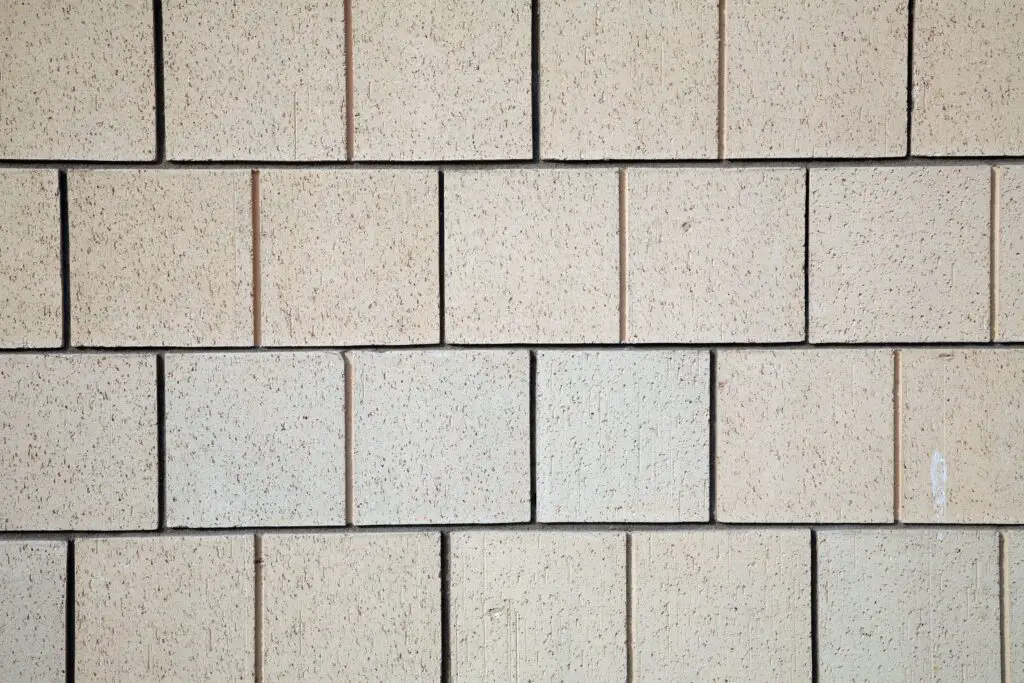
Conclusion
Throughout this journey, you’ve discovered the importance of proper surface preparation, the significance of selecting suitable materials, and the art of executing various finishing techniques. Whether you’ve opted for a smooth, textured, or painted finish, your efforts have undoubtedly added value and charm to your living or working space.
Remember that mastering the art of finishing cinder block walls requires patience and attention to detail. Take the time to plan, measure, and execute each step carefully to ensure a professional and long-lasting result. With your newfound knowledge, you now possess the power to beautify any space, be it a basement, outdoor feature, or industrial-style interior. The transformation of those ordinary cinder block walls into extraordinary works of art not only reflects your skill but also complements your overall vision for the space.
The world of construction, you can take pride in your accomplishment. Your finished cinder block walls are a testament to your dedication and creativity, making your living or working environment more inviting and appealing. you can confidently embark on future projects, exploring various finishes and design ideas to further enhance your surroundings. Embrace the endless possibilities and enjoy the satisfaction that comes from turning rough cinder blocks into polished masterpieces.



